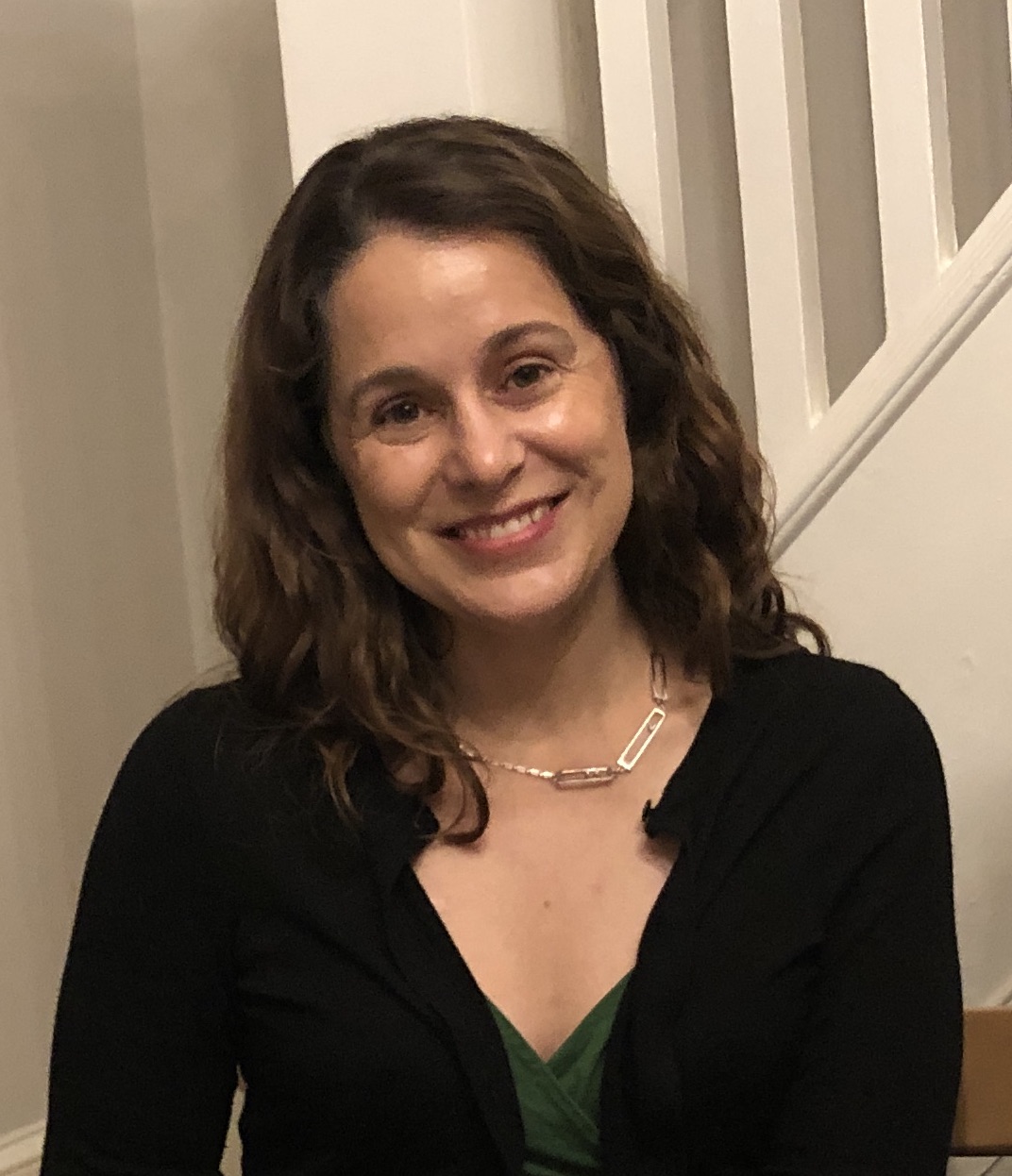
The Melanie Buffington Papers
Document Type
Dissertation
Original Publication Date
2004
Date of Submission
March 2023
Abstract
This dissertation presents a Critical Content Meta Analysis of published literature related to using the Internet to develop critical thinking skills in students and to build online communities of teachers. An underlying goal of the research was to work toward the development of stronger connections between museums and public schools. Through analyzing the literature, I developed suggestions for museum personnel to implement when creating educational museum web sites. The analysis of the literature on critical thinking shows that there is no agreement among the authors as to the meaning of the term “critical thinking.” The literature largely endorses the view that thinking critically about the Internet involves accepting information because it is represented in multiple sites on the Internet and rejecting information that is not congruent with dominant cultural beliefs. Utilizing the concept of hyper-connective thinking, museum educators can build educational web sites that highlight objects that are the subject of controversy. The use of these web sites will enable students to access multiple perspectives relating to the objects, thus allowing them to learn about divergent interpretations and understandings. The literature on building online communities of teachers also has little agreement with regard to the use of the term “community.” Through online interactions, teachers may be able to overcome the often-cited feelings of separation from peers and find ways to improve their teaching practice. There are many power issues that must be considered when building an online community ranging from the ability of the community members to change the social interactions to the relative parity of the members of the community. Additionally, through online communities, museums have the opportunity to develop interactions among interested visitors relating to the objects in the collections. I argue that insufficient research has been conducted on using the Internet in K-12 classrooms with students. Thus, this research is an important first step in filling the void by creating numerous suggestions for museum educators to utilize when developing educational web sites. Museum web sites could become exemplars for helping students develop critical thinking skills.
Rights
© 2004, all rights reserved.
Is Part Of
Melanie Buffington Papers



Comments
Melanie Buffington's dissertation from Ohio State University for Doctor of Philosophy in the department of Art Education (Michael Parsons, advisor). Original document can be found on OhioLINK ETD Center at http://rave.ohiolink.edu/etdc/view?acc_num=osu1092187119